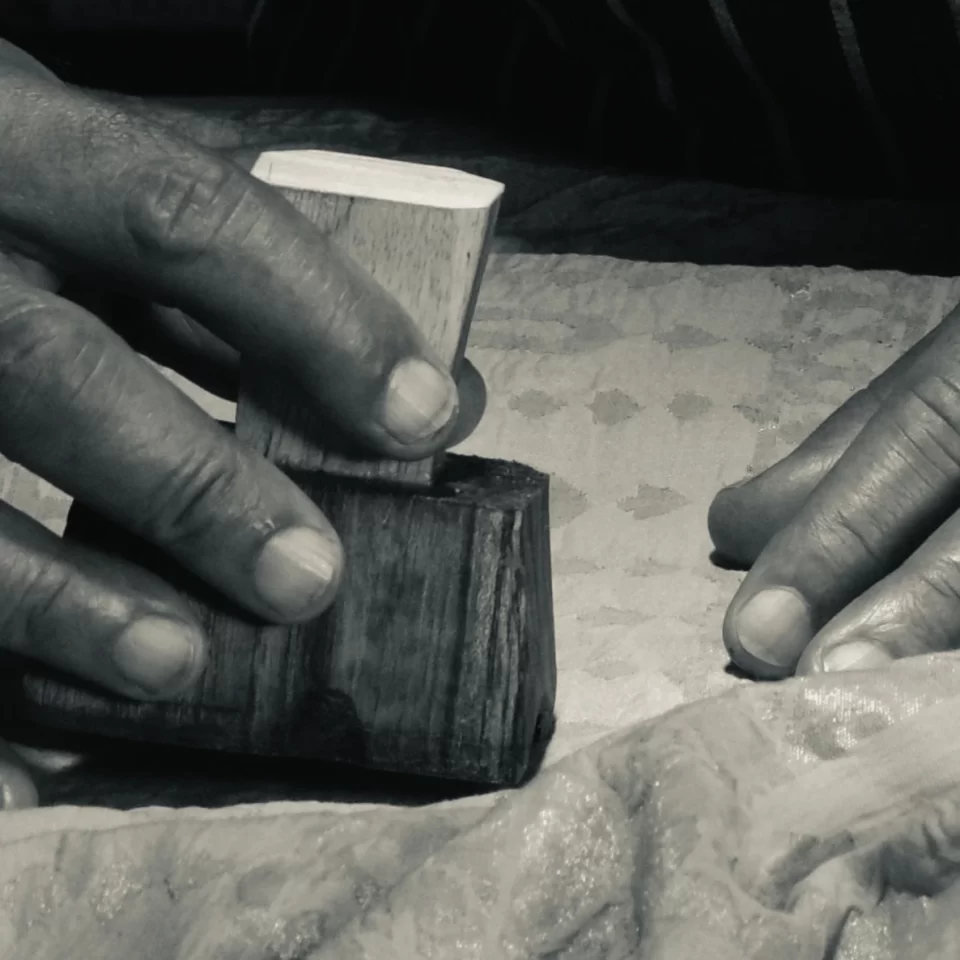
Mordant Printing and Natural Dyes
Most natural dyes do not have an inherent affinity for fibers like cotton, silk, or wool. To make the colors adhere and last, mordants are required. For cellulose fibers like cotton and linen, the mordanting process is a two-step procedure. First, tannins are applied to the fabric, which bond with the cellulose fibers through hydrogen bonds, making them more receptive to the dye. Then, a metallic mordant such as alum or iron is applied, forming covalent bonds with both the tannin and the dye molecules, ensuring the color is fixed.
On the other hand, protein fibers like wool and silk only require the application of a metallic mordant, as they naturally have a better affinity for dyeing.
Mordant printing leverages this process by applying mordants selectively to create intricate patterns. When the fabric is dyed, the areas treated with different mordants absorb the dye differently, producing rich, multi-tonal designs that are characteristic of traditional techniques like Block printed Kalamkari.

